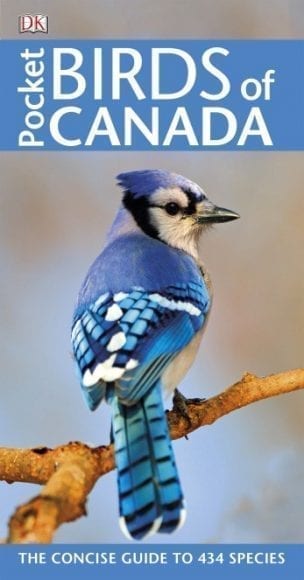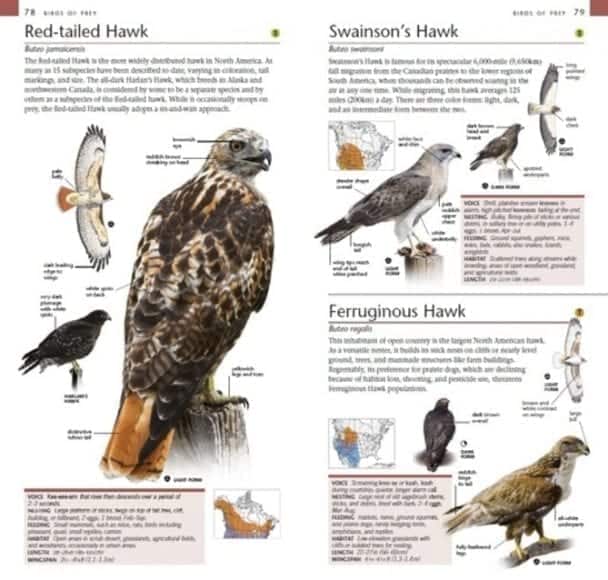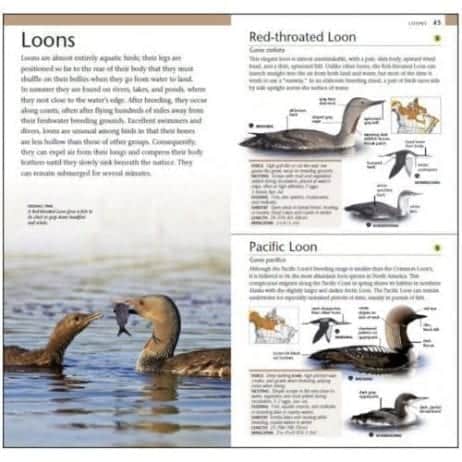
One of the unexpected things that crop up when you grew up in one country and now live in another is your sudden inability to identify wildlife. Even the most common birds that every Canadian grew up with are nameless to me, and I had had to spend way too much time on Google when our kids pointed to a bird and asked: “What’s that?”

Now, I am not totally clueless, eagles, Canada geese (or should they just be called geese because they are in Canada?), seagulls and the like I can identify, it’s the small birds we see on our walks and the feathered visitors to our garden that cause me to struggle.

Fortunately for my sanity, Dorling Kindersley Canada sent me a copy of their Pocket Birds of Canada, and yes, our daughter did think it was funny to ask “What are pocket birds and do they only have them in Canada?”

Our eldest daughter bought me a birdhouse last Christmas, and we have all been waiting for something to take us residence and finally, this spring, we were rewarded, but I had no idea what breed of bird our flighty couple was. Evey and I went out into the garden and settled down to wait for the new homeowners to fly back and forth with their nesting materials.

The guide features 434 species of birds found in Canada, and I worried that it might take us some time to whittle down the possibilities, but I was wrong. The guide is so easy to use our eight-year-old was able to identify the birds as black-capped chickadees which I know are incredibly common but until going through the book, I had no idea what they were called. Back in the UK, they would be called tits, much to Evey’s amusement and she asked if she could use the English name for them so that she could say “tits.” We made it clear, we live in Canada, she was born in Canada, they are chickadees, and that’s that.
This little book slips easily into a backpack and can be easily thumbed through quickly in the woods, so it is now a staple of our forest walks. It hits the perfect balance point between enough information to be useful while you are out and about, but not so much information that the book is a thick, heavy tome.


The coverage of different habitats means it will be useful up on the mountains, at the nearby bird reserve and we plan to take it with us on a trip down to Boundry Bay, BC. The advisor for this book, David M. Bird (Evey found that funny too) recommends it one of the “Top 5 Places to See Owls In Canada” in his article on the Dorling Kindersley website, Explore section. While I am about it, I must just give “Explore” a plug because it really is a valuable resource with interviews, articles quizzes, and more.
If you would like your own copy of Pocket Birds of Canada it is available from Amazon – this link has the latest price, and all prices are quoted in CAD$
From the DK website:
“Pocket Birds of Canada is perfectly sized to carry along with you on a bird-watching expedition. Each half- or full-page profile features high-quality, close-up annotated photographs of each bird, showing differences between males and females or juveniles and adults, along with range maps, and descriptive text explaining key information to aid in identification. Further details on voice, nesting and feeding habits, and preferred habitats help to complete the picture.”







